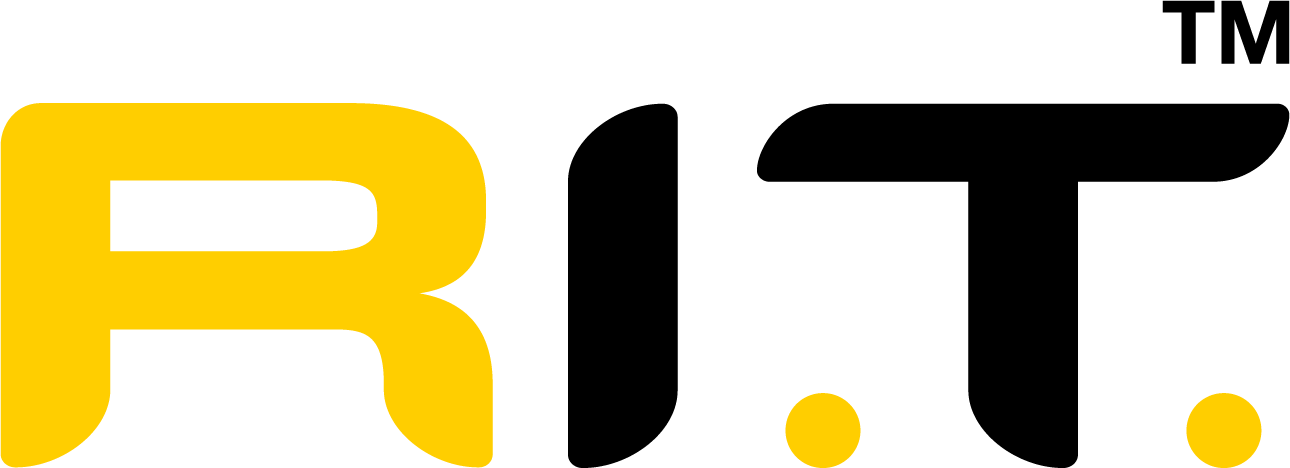Tackling the Gender Wage Gap in the Tech Industry
The IT sector is still a male-dominated industry – especially in New Zealand.
In 2013, only 23 percent of the workforce consisted of women; one percent down from the stats recorded in 2006, and despite major growth in sector since then, it’s fair to say that women are still well under-represented.
And when you look at the information around the gender pay gap, according to Statistics NZ, at present, women in New Zealand reportedly earn 9.1% less than men, it is not a stretch to assume that in many cases, women working in IT are likely to be earning far less than their male counterparts.
According to Employment NZ, female-dominated occupations in New Zealand are likely to get paid less than the male-dominated ones and are often under-represented in higher-level jobs, such as in the tech sector.
If we look back at history, gender inequality and discrimination against women has been an evident issue for many, many years, as prior to the Equal Pay Act of 1972, it was completely legal to set separate pays for men and women and exclude women from certain types of work.
This history has had a domino effect on how women are perceived in workplaces, resulting in a gap between men and women’s pay or salary, that exists to this day.
Fast forward to the present, the issue persists, and can be linked to a number of factors, including:
- Gendered division of labour – the gendered division of labour that exists throughout society today, has created an environment where men are more likely to hold positions of authority and power, meaning they get paid more than their female counterparts. This is especially true for those who work in industries such as engineering or science, where men outnumber women by about five-to-one.
- Reluctance to negotiate for fear of repercussion – Women tend not to negotiate their salaries because they believe it will hurt their chances of getting hired and may also not ask for pay rises because they believe this impacts their opportunities for promotion.
- Lack of pay parity between genders -
Women also earn less than men even when they apply for the same positions and work in the same field.
- Discrimination – both conscious and unconscious bias and discrimination against women is often cited as a major contributor to pay disparities; it exists both within and across industries
Calling attention to the gender pay gap
The fight for equality in workplaces continues at present.
While the issue of gender pay gap exists and is still a problem many women face nowadays, there is a big improvement on how businesses are operating in terms of giving men and women equal compensation and opportunities for growth.
In New Zealand it has been great to see leading corporates like ANZ Bank New Zealand (ANZ NZ) and Westpac begin publicly reporting on the gender pay gap within their organisations.
As respected organisations acknowledge that a gender pay gap exists, become more open to discussing the issue, and even better – implement strategies to bridge and narrow the gap – we hope to see other corporates and small-to-medium businesses follow suit.
There is still a lot of work left in terms of getting more businesses and organisations involved in the call to abolish pay disparities among genders, but this is a good start.
What we can do to narrow the gap
As a recruiter, I have seen how a male-dominated tech industry, as well as both conscious and unconscious biases against women have created an environment that has probably helped drive the gender pay gap, rather than narrow it – up until now.
The good news is, more females from the younger generation now express their interest in tech-related jobs, especially in the field of programming. More female university graduates are also from the field of IT, which is a huge improvement in breaking the gender bias in workplaces.
As more women take up tech-related roles, it becomes normalised and we’re a step closer to closing the existing disparity in compensation and work opportunities, so the onus is on the whole industry to help drive equality, and ensure we have initiatives in place to ensure fair pay for all.
While we still have a long way to go in beating the status quo, we can always do something to help accelerate the cause, so here are some simple strategies employers and workplaces can implement to help narrow the gender wage gap in our workplaces:
- Acknowledge that the gap exists – we don't have to wait for someone else to do it—business leaders can start by establishing a baseline and comparing it with other organisations in your industry. If you find that there's a significant difference between your company and others in terms of gender diversity and pay, consider what could be done differently at your organisation that might narrow that gap.
- Educate hiring managers and employees on gender bias - Commit to closing the gap by directing resources toward educational initiatives such as training staff on conscious and unconscious bias and fair hiring practices.
- Review your benefits – Explore ways to broaden the benefits offered by your company to cater to the needs of a diverse range of employees.
- Extend paid parental, family, and sick leave
- Consider benefits like childcare that make it easier for parents returning to work
- Ensure that parental leave benefits are available to both men and women, so the burden of childcare doesn’t fall on one gender
- Adapt a flexible approach to working – offer flexible hours, WFH or job share options, so parents can create a work-life balance that works for them and their families and implement fair scheduling practices.
- Ensure your HR and hiring practices are set up to support and drive equality and diversity
- Promote diversity through hiring practices and internal promotion strategies
- Provide feedback mechanisms so employees can raise concerns about pay disparities without fear of retaliation from supervisors or peers
- Promote transparency in pay increases and don’t base salary offers/increases on salary history
- When shortlisting applicants for roles, include more women applicants who have the same (even better) credentials in job shortlists when recruiting, especially in male-dominated sectors like the tech industry
- Raise the minimum wage – and apply the same salary increase qualifications for both men and women
- Education around career choices – educate the younger generation to take away gender bias and influence their decision-making in terms of career choices
- When applying for jobs – consider the characteristics and reputation of where you're applying and if closing the gender pay gap is important to you, look for organisations that report on their gender pay gap, talk about equality and diversity initiatives, or have more women in leadership positions.
While we can't change the past, we can change what happens next. We can make sure that more women are hired into positions that were once perceived as “only for men” and compensate them fairly, without biases.
We can do this with the cooperation of businesses - by making sure that organisations recognize the value of female employees and give them fair opportunities for advancement over time.
Closing the gap would pave the way for all genders to thrive in their areas of expertise where they are paid fairly and have equal access to career growth and opportunities.
If you don't have access to data on gender pay gaps in your industry or if you need a hand in finding suitable compensation for a role you’re hiring for, Recruit I.T. can give you insights and offer guidance around rates and hiring practices that you can apply into your business.
Adi Dhadwal
02108333182
Connect with us!




